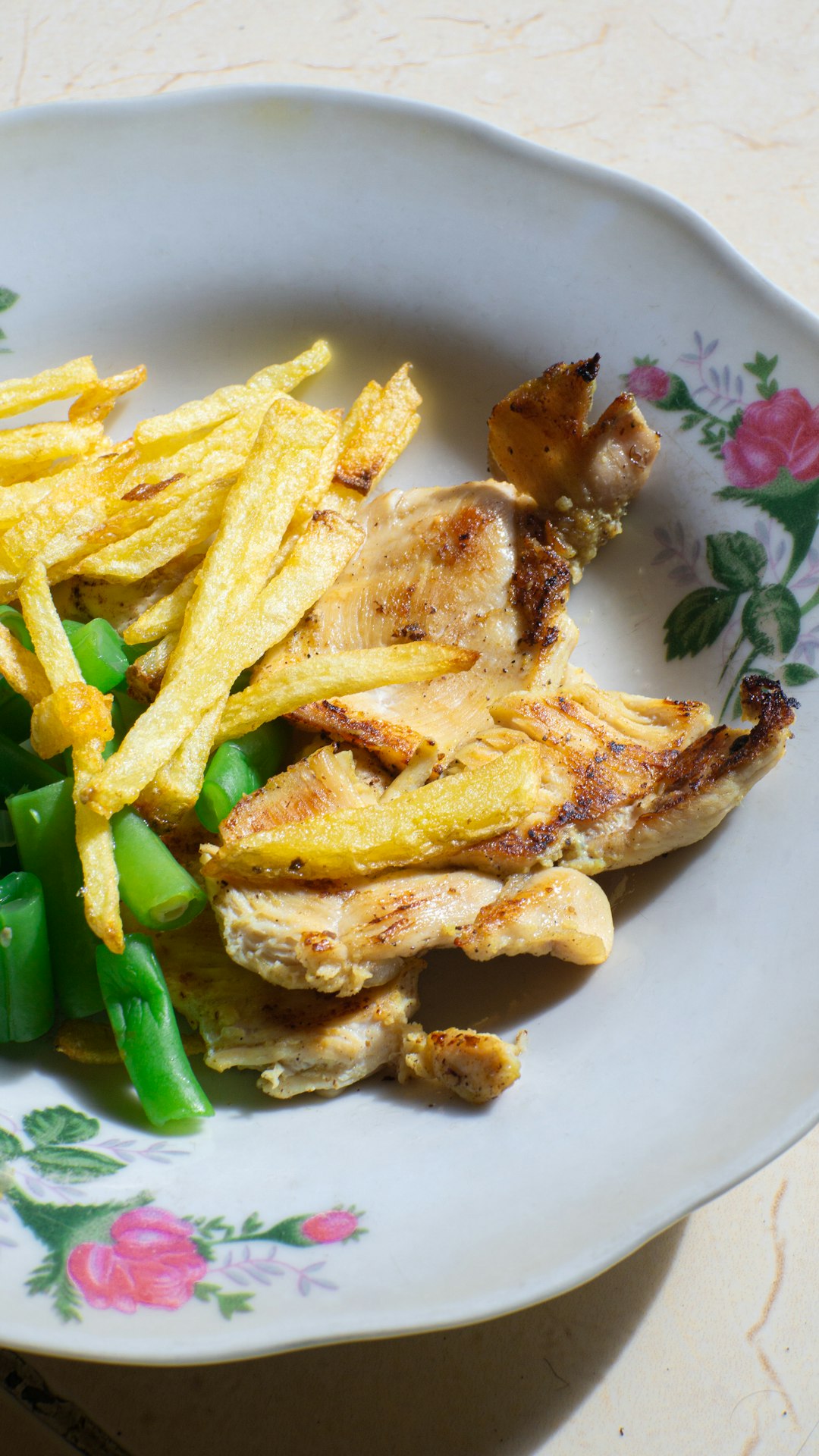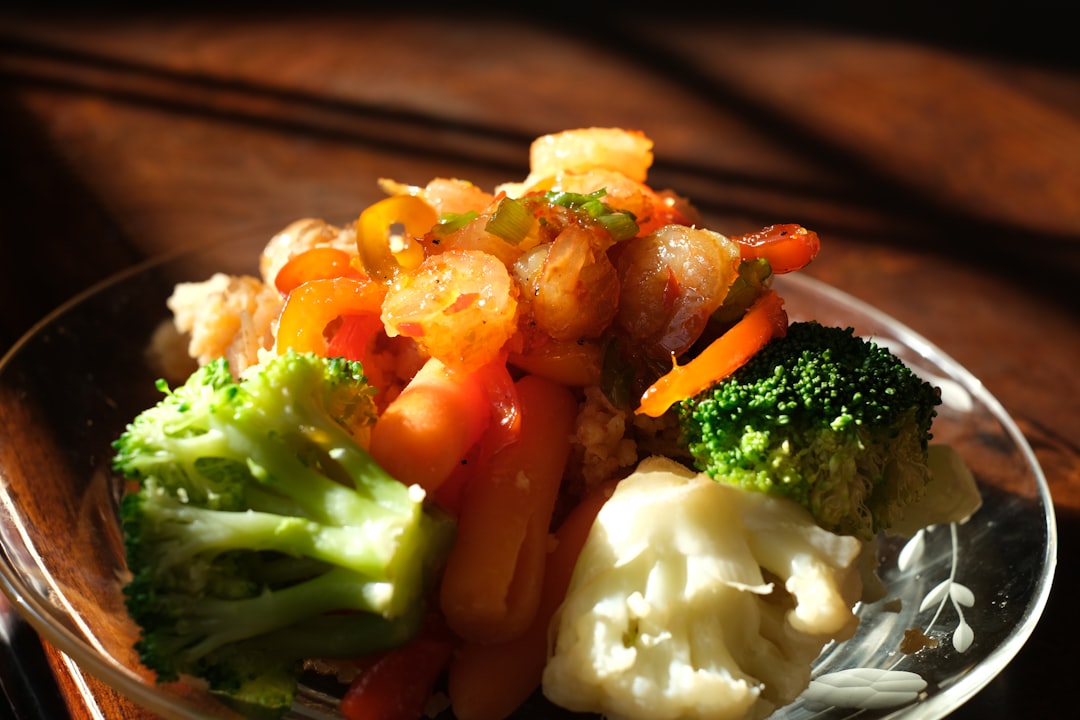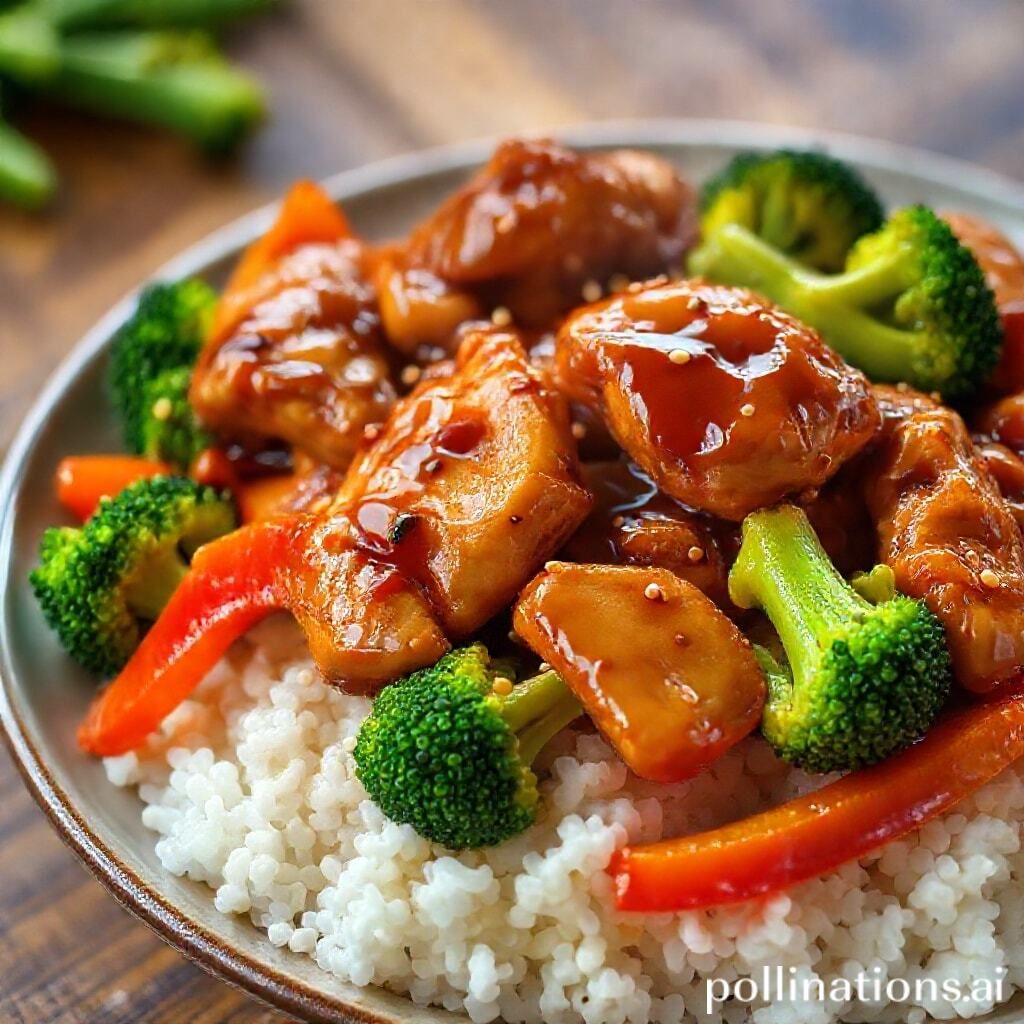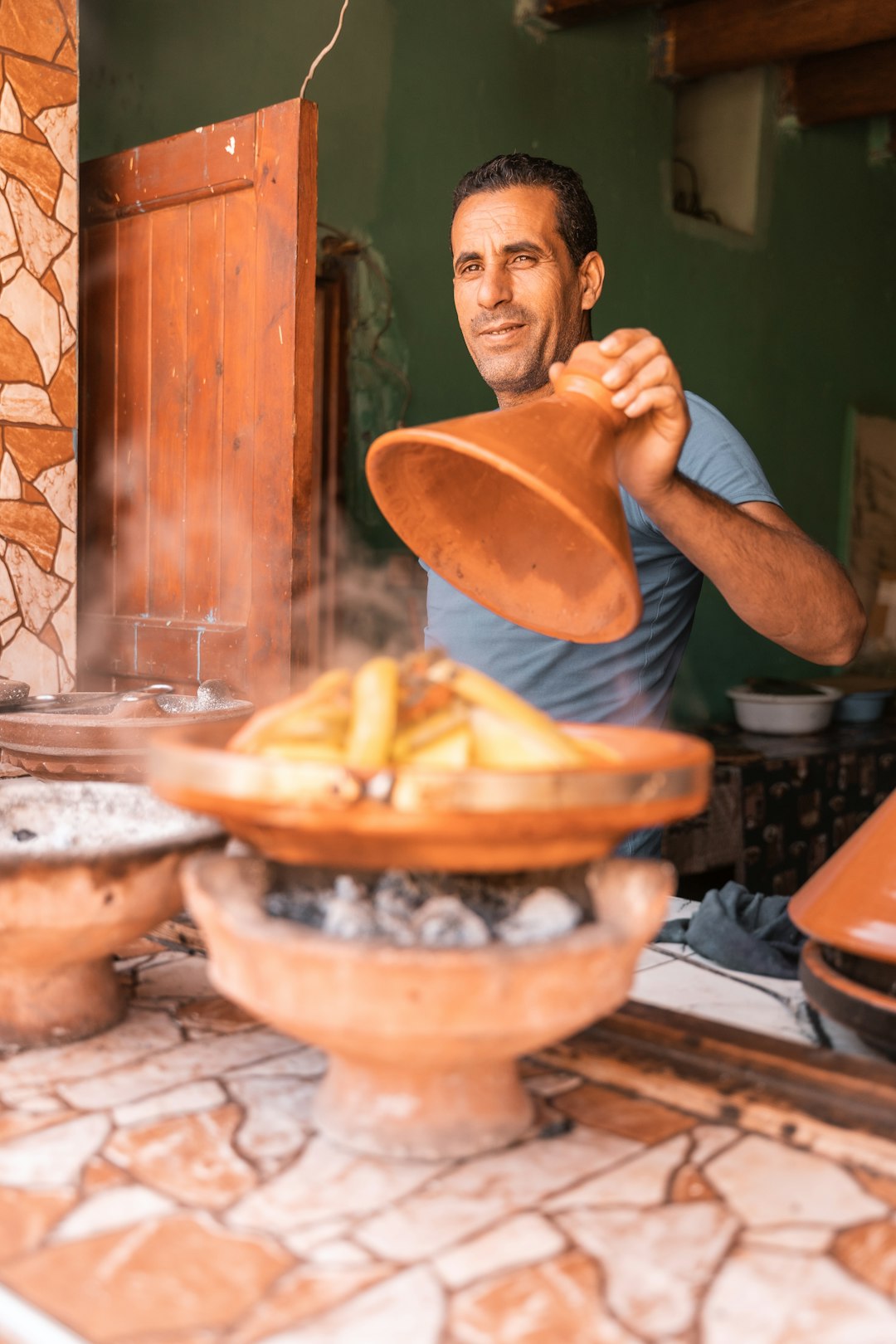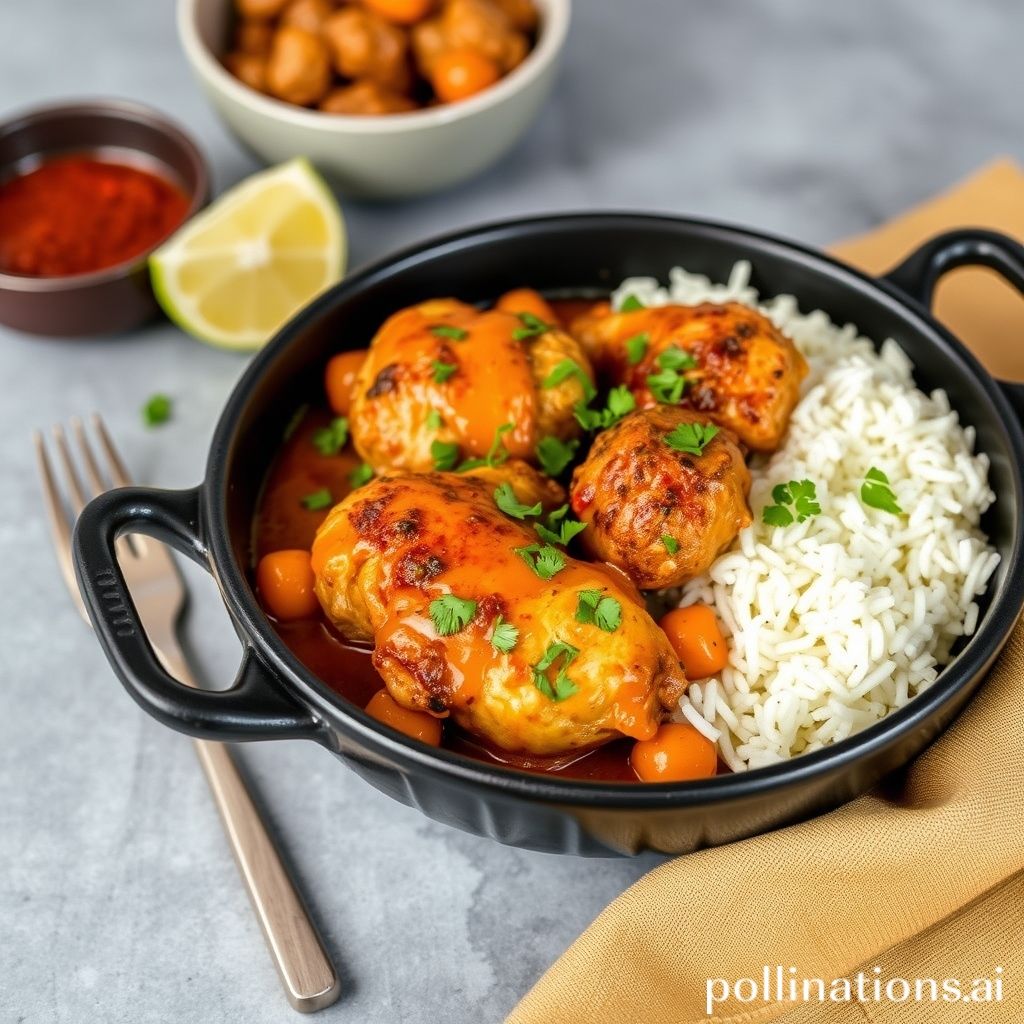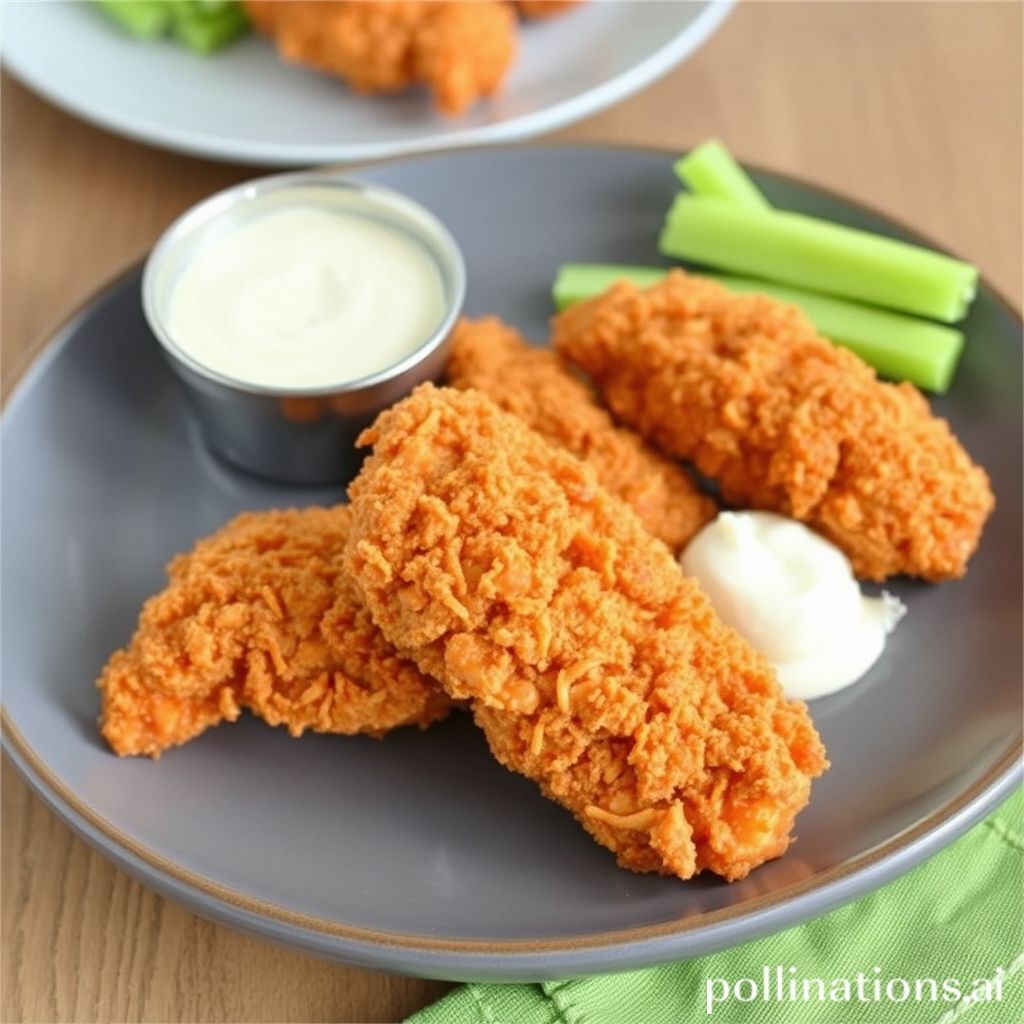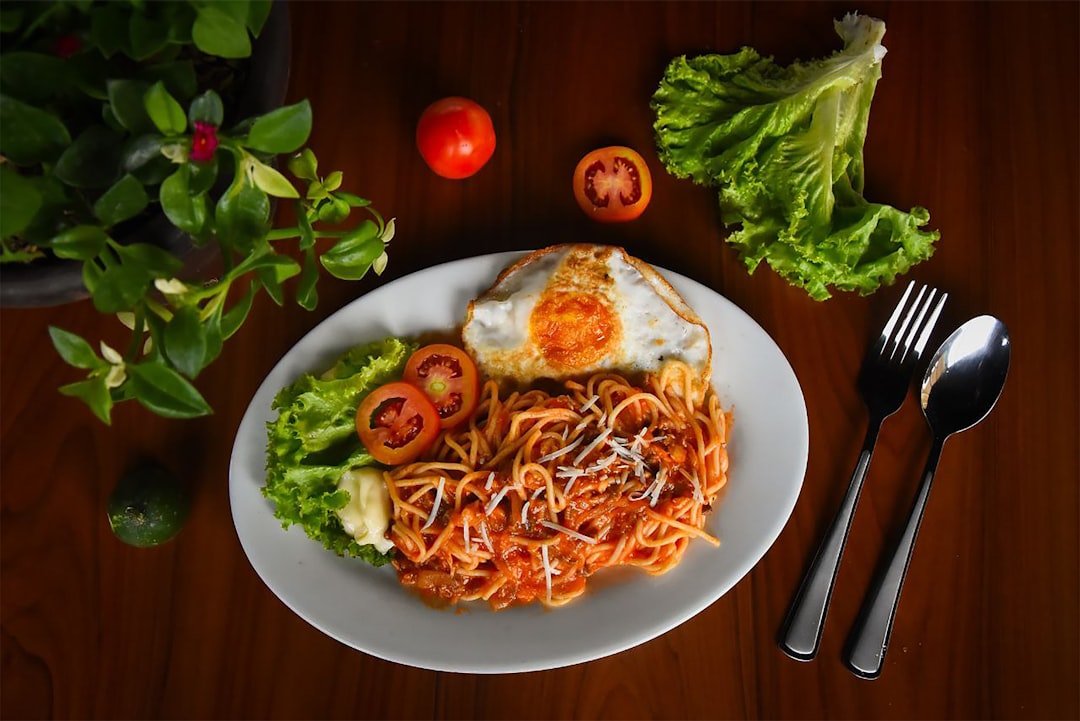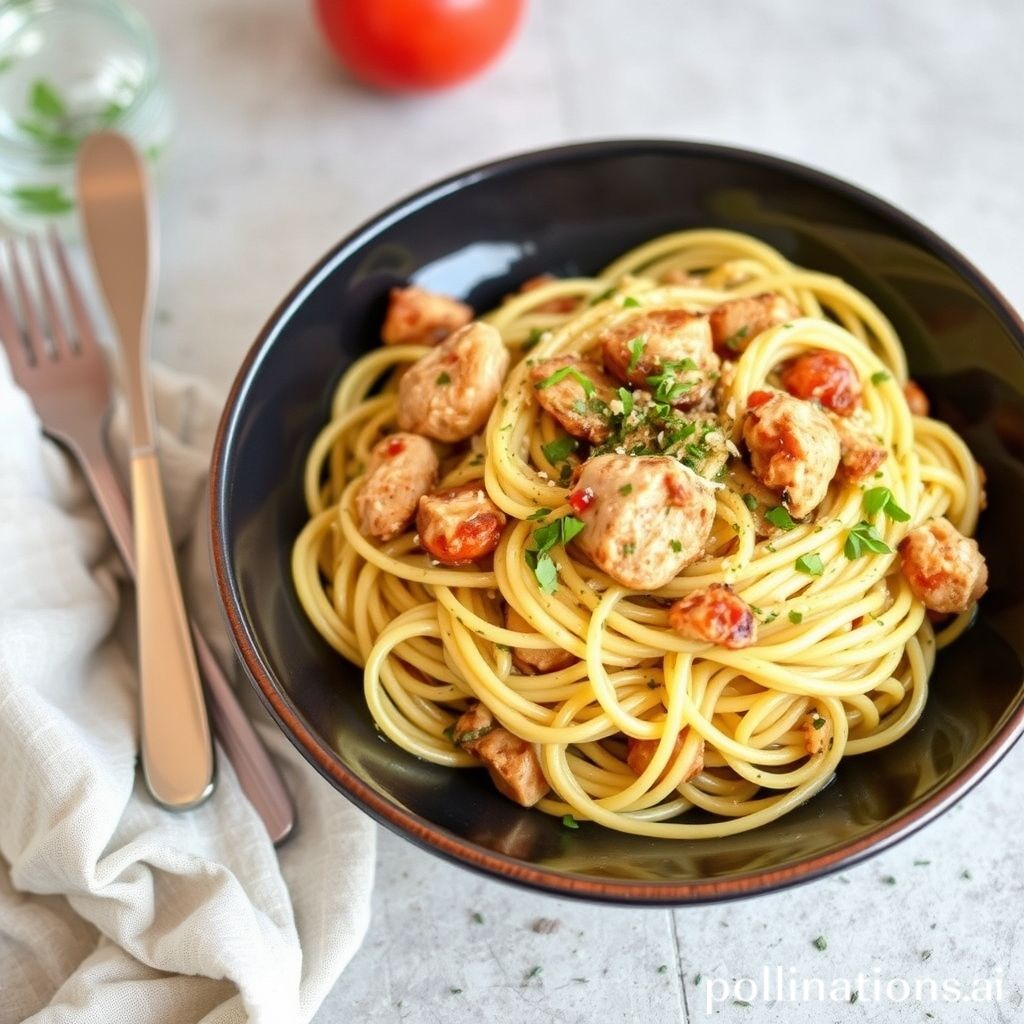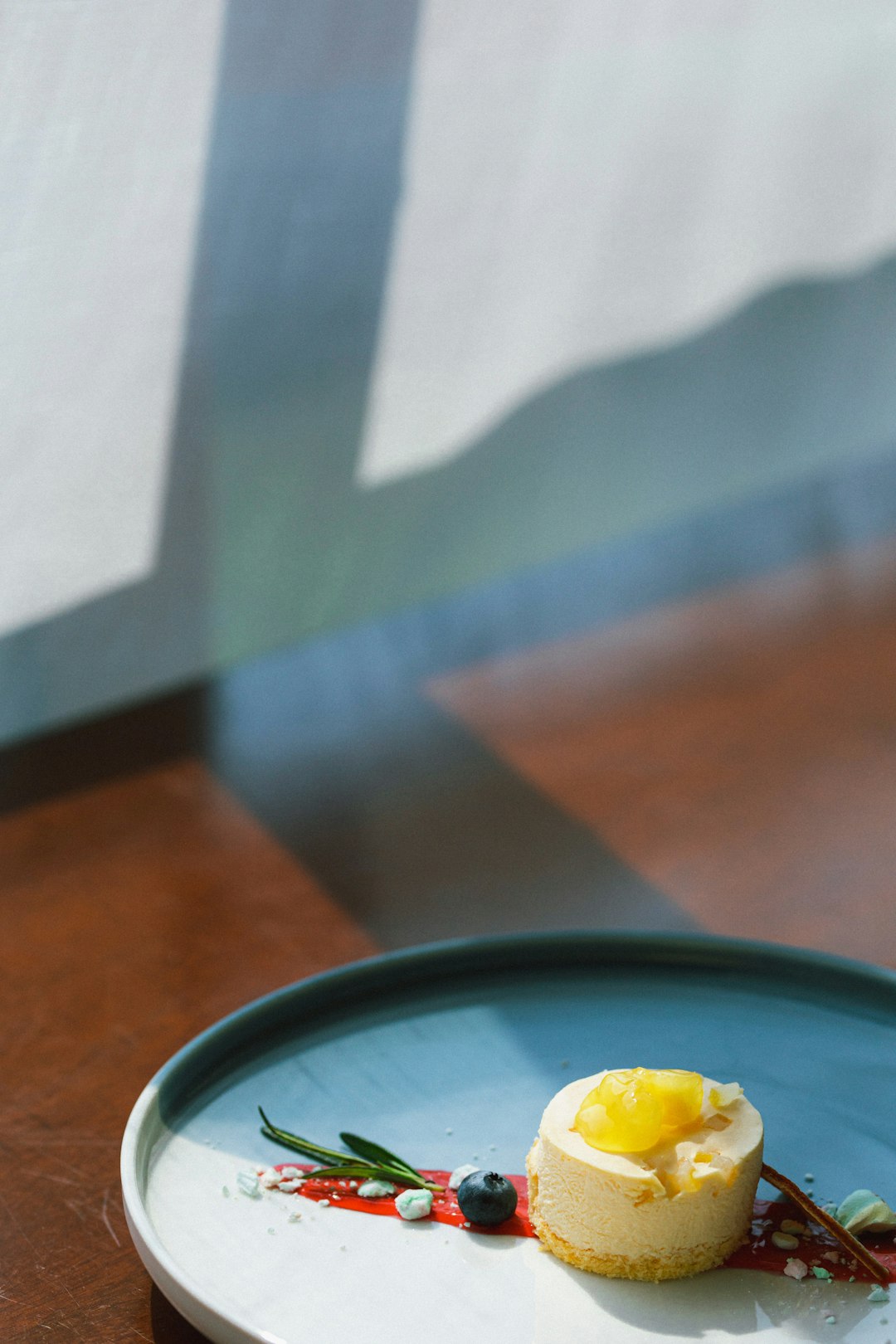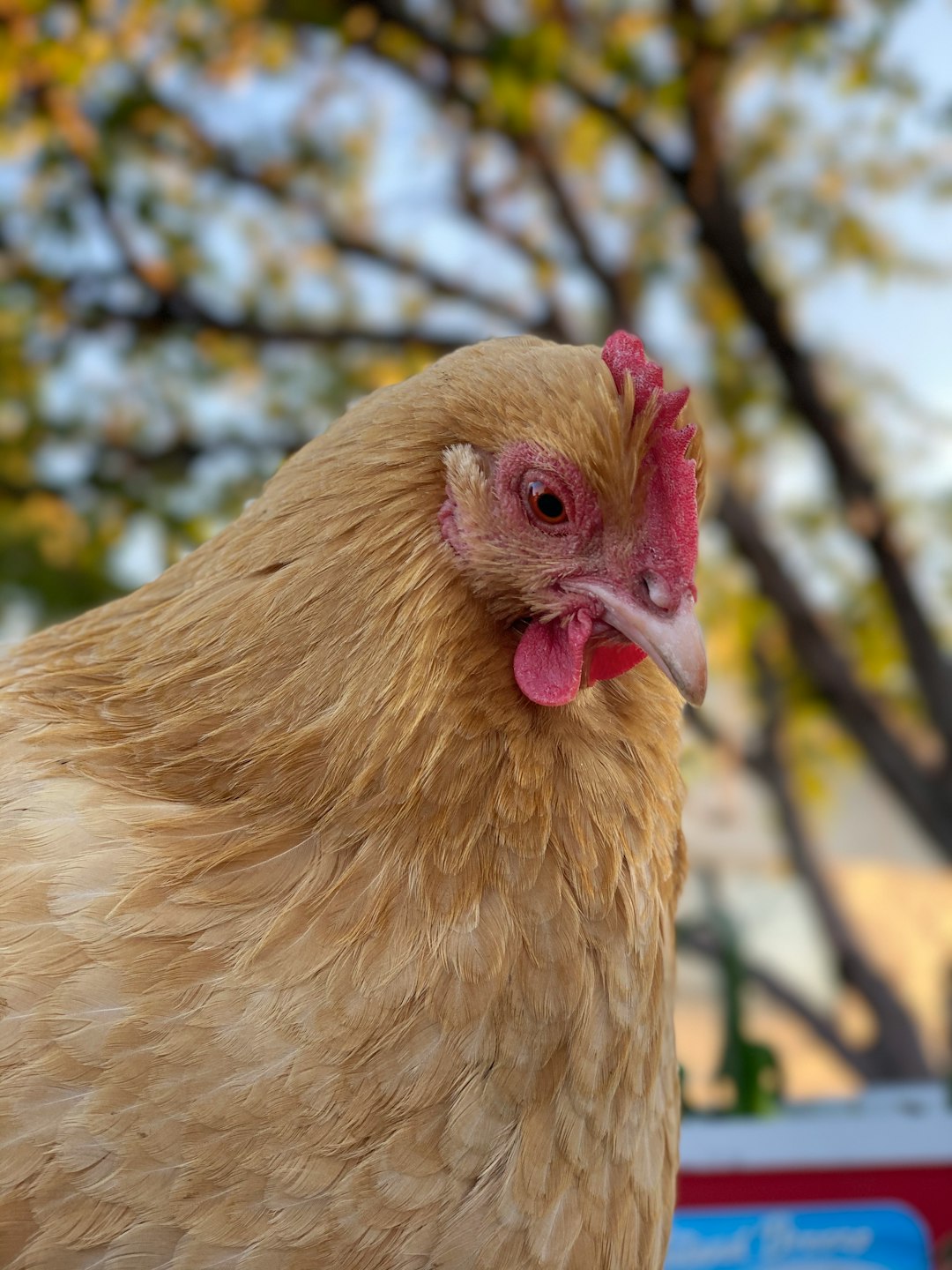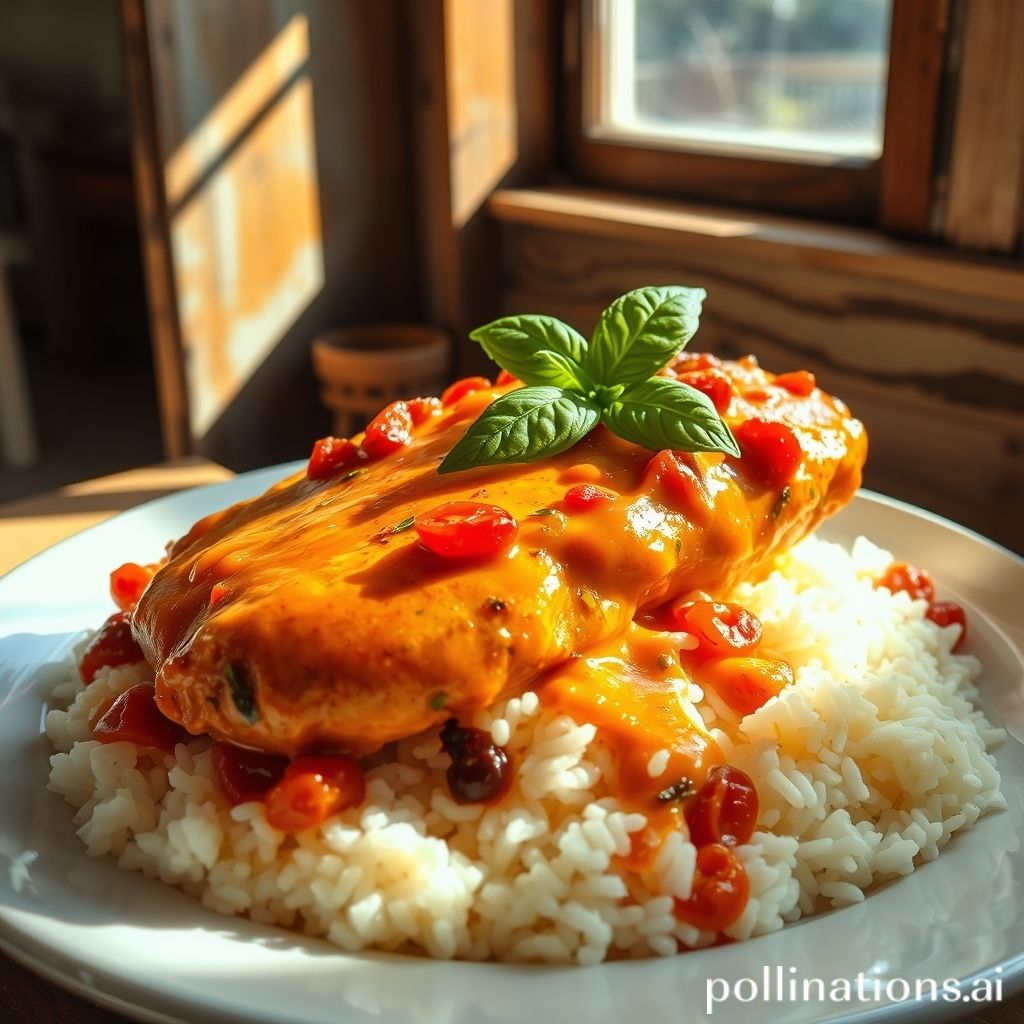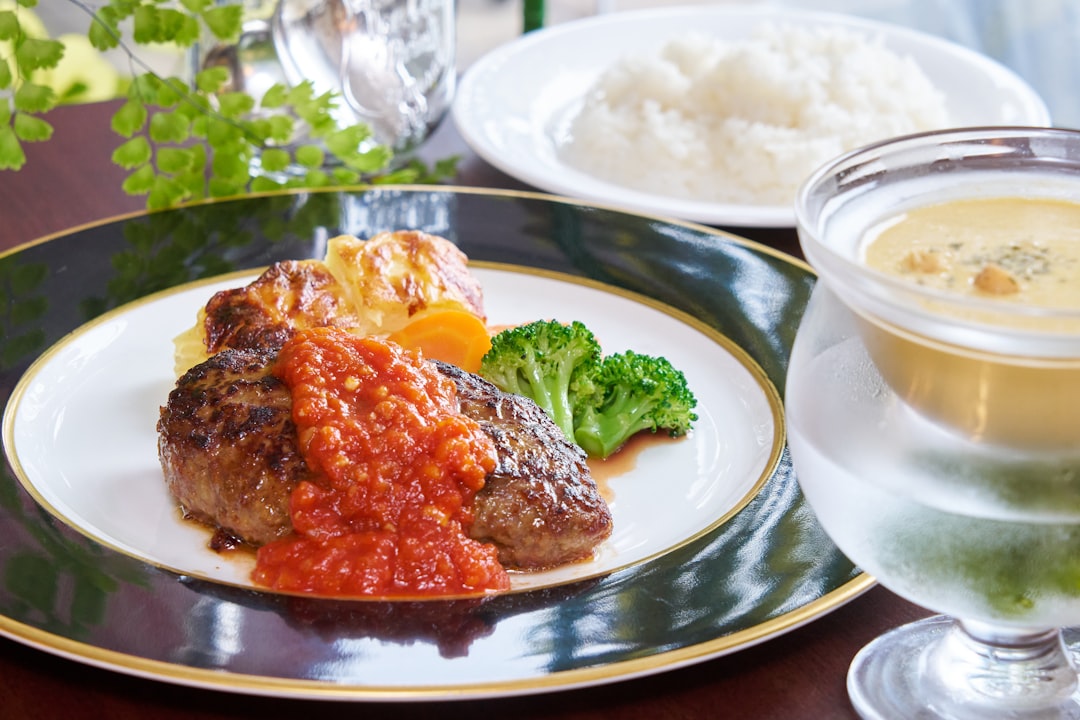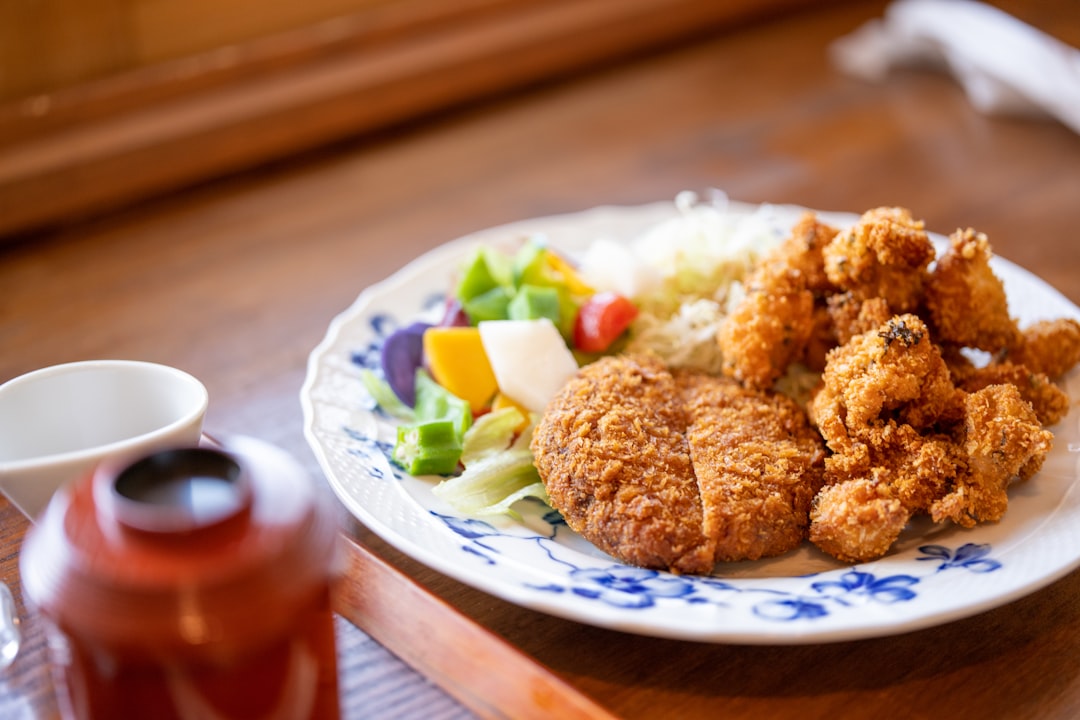Table of Contents
- Introduction
- The origins and cultural significance of Moroccan Spiced Chicken Tagine
- Essential ingredients and spices used in Moroccan Tagine
- Traditional preparation and cooking techniques for Chicken Tagine
- Variations and adaptations of Moroccan Spiced Chicken Tagine
- Pairings and serving suggestions for an authentic Moroccan meal
- Health benefits of the spices used in Chicken Tagine
- Tips for selecting the best chicken and spices for Tagine
- Common mistakes to avoid when preparing Moroccan Spiced Chicken Tagine
- Conclusion
- Frequently Asked Questions
Introduction
Embark on a culinary journey to the heart of North Africa with our sultry, aromatic Moroccan Chicken Tagine. This traditional dish tantalizes taste buds with a complex blend of exotic spices and tender chicken, all simmered to perfection in a classic earthenware pot. Are you ready to awaken your senses?
Cue the vibrant medley of spices:
- 1 teaspoon ground cumin
- 1 teaspoon ground ginger
- 1/2 teaspoon ground cinnamon
- 1/2 teaspoon turmeric
- Salt to taste
- Black pepper
- 2 tablespoons olive oil
- 4 chicken thighs
- 1 onion, finely chopped
- 3 garlic cloves, minced
- 2 preserved lemons, quartered
- 1 cup green olives, pitted
- 1/2 cup prunes, pitted and chopped
- 2 cups chicken broth
- Fresh cilantro for garnish
Every ingredient in this recipe serves a purpose, merging together to craft a dish that’s both richly satisfying and bursting with warmth. As you delve deeper into the art of making this traditional meal, you’ll discover tips, history, and the communal significance that makes this dish more than just food—it’s a treasured cultural experience.
The origins and cultural significance of Moroccan Spiced Chicken Tagine
The Moroccan Spiced Chicken Tagine is a dish steeped in rich cultural heritage and history. Originating from North Africa, this traditional stew holds a special place in Moroccan cuisine, where its aromatic blend of spices and tender chicken are integral to the nation’s culinary identity. The word “tagine” refers both to the dish itself and the earthenware pot in which it is traditionally cooked, which is characterized by its conical lid designed to keep moisture in and enhance the flavors.
The origins of the tagine can be traced back to the Berbers, the indigenous people of North Africa, who used clay vessels to create slow-cooked stews. Over centuries, Moroccan Spiced Chicken Tagine has been refined by incorporating spices like cumin, coriander, turmeric, and saffron, which reflect the country’s historical trade links with the Middle East and beyond.
Beyond being a staple food item, the tagine is a symbol of Moroccan hospitality and is often at the center of family gatherings and celebrations. It exemplifies the communal aspect of Moroccan dining, where sharing meals is not only about nourishment but also about strengthening social bonds and celebrating cultural traditions.
Essential ingredients and spices used in Moroccan Tagine
Moroccan Tagine, a traditional North African dish, is renowned for its rich flavors and aromatic spices. The foundation of any good Tagine lies in its essential ingredients and spices. Key among them is preserved lemons, which offer a distinctive tangy flavor that permeates the stew. Another important ingredient is olives, often used to add a briny depth. The meat of choice, such as chicken, lamb, or beef, is slow-cooked to tender perfection in the conical tagine pot.
Spices play a pivotal role in crafting the signature taste of Moroccan Tagine. Cumin, with its earthy notes, is a must-have, while coriander and cinnamon provide warmth and complexity. Paprika and turmeric contribute vibrant color and subtle heat. Additionally, ginger and saffron are often included to enhance the depth of flavor. Garlic and onions are also staple components that create a robust base for the dish.
Ras el hanout, a blend of numerous spices, is frequently added to elevate the dish further. This spice mix varies but often includes cardamom, nutmeg, and cloves, enhancing the authenticity and character of Moroccan Tagine. Together, these ingredients and spices harmonize to create an unforgettable culinary experience.
Traditional preparation and cooking techniques for Chicken Tagine
The traditional preparation and cooking of Moroccan Spiced Chicken Tagine is a delightful culinary journey that embodies the rich flavors and cultural heritage of Morocco. A tagine is a unique earthenware cooking vessel characterized by its conical lid, which helps to circulate steam and preserve moisture.
To begin, high-quality chicken pieces, usually thighs or legs, are marinated with a blend of aromatic spices such as cumin, coriander, turmeric, ginger, and saffron, often mixed with olive oil and sometimes preserved lemon. This marination should ideally last several hours or overnight to allow the flavors to deeply penetrate the meat.
The cooking process traditionally begins by sautéing onions and garlic in the tagine pot over medium heat until they become golden and aromatic. The marinated chicken is added next, followed by a handful of olives and a touch of honey or dried fruits for subtle sweetness. Often, vegetables such as carrots or potatoes are included, bringing both flavor and nutrition.
With the conical lid in place, the tagine is left to simmer slowly on a low flame, allowing the ingredients to meld together, resulting in tender, succulent chicken that has absorbed the complex flavors of the spices. This method of cooking not only enhances taste but also maintains the integrity of the ingredients.
Variations and adaptations of Moroccan Spiced Chicken Tagine
Moroccan Spiced Chicken Tagine is a versatile dish that welcomes numerous variations and adaptations, allowing cooks to tailor it to their tastes and dietary needs. Traditionally, this flavorful stew combines aromatic spices like cumin, coriander, and cinnamon with succulent chicken, creating a rich and savory broth.
One popular adaptation is to experiment with the choice of proteins. While chicken is the classic option, lamb or beef can also be used to provide a different flavor profile. For a vegetarian twist, some people use chickpeas or tofu as the central protein, maintaining the essence of the dish while catering to non-meat eaters.
Additionally, the mix of vegetables can vary greatly. Carrots, zucchini, and potatoes are frequently added, but seasonal vegetables or personal favorites like eggplant or bell peppers can bring a unique touch. Likewise, the dish can be sweetened naturally with apricots, raisins, or dates, offering a delightful contrast to the savory spices.
Cooking methods can also vary. While a traditional tagine pot is ideal, a Dutch oven or slow cooker can be used as a convenient and modern alternative without sacrificing flavor. These choices in ingredients and cooking techniques ensure that Moroccan Spiced Chicken Tagine can be enjoyed by a wide audience with diverse palates.
Pairings and serving suggestions for an authentic Moroccan meal
Pairing and serving suggestions for an authentic Moroccan meal can greatly enhance the dining experience, creating a rich tapestry of flavors and textures. Moroccan cuisine is known for its bold spices and aromatic ingredients, so selecting the right accompaniments is crucial. Begin with a classic starter like Moroccan harira, a fragrant soup made with lentils, chickpeas, and tomatoes, which sets the stage for the meal.
For a main course featuring Moroccan Spiced Chicken Tagine, consider serving it alongside fluffy couscous, which is the perfect vehicle to soak up the savory sauce. Alternatively, you might opt for warm, crusty bread for dipping.
Complement these dishes with a fresh and vibrant Moroccan salad, such as one made with chopped tomatoes, cucumbers, and parsley, dressed with olive oil and lemon juice. This adds a refreshing contrast to the rich flavors of the tagine.
To complete your Moroccan feast, enjoy a glass of traditional mint tea, which serves as a perfect palate cleanser. For dessert, sweet treats like baklava or almond-stuffed dates provide a satisfying finish.
By thoughtfully pairing dishes and beverages, you can create a truly immersive and authentic Moroccan dining experience.
Health benefits of the spices used in Chicken Tagine
Moroccan Spiced Chicken Tagine is renowned not just for its rich flavors, but also for its use of a variety of health-enhancing spices. Among these, turmeric stands out for its anti-inflammatory and antioxidant properties, helping in reducing inflammation and fighting free radicals. Cumin, another key ingredient, is known to aid digestion and improve metabolism due to its active compound, cuminaldehyde.
Coriander brings additional benefits, particularly for lowering blood sugar levels and supporting heart health. The inclusion of ginger adds another layer of health benefits, widely recognized for aiding digestion, reducing nausea, and fighting infections thanks to its bioactive compound, gingerol.
Cinnamon, often used in Tagine, enhances flavor while offering health benefits such as lowering blood sugar levels and having a powerful anti-diabetic effect. Paprika is not only used for its vibrant color but also for being rich in vitamin A and offering antioxidant properties.
These spices, harmoniously blended in Moroccan Spiced Chicken Tagine, do not just enrich the dish with layers of flavor, but also contribute significantly to overall health when included regularly in a well-balanced diet.
Tips for selecting the best chicken and spices for Tagine
When preparing a Moroccan Spiced Chicken Tagine, selecting the right chicken and spices is crucial for authentic flavor. Firstly, opt for free-range or organic chicken, as it often provides better taste and texture. Bone-in, skin-on pieces are ideal, as they offer richer flavor and help keep the meat tender during the slow cooking process.
Next, focus on selecting high-quality spices, as they are the soul of this dish. Cumin, coriander, ginger, and cinnamon are essential in the spice mix. Whole spices tend to retain potency longer, so consider grinding them fresh for maximum flavor. Look for spices from reputable sources to ensure authenticity and freshness.
Additionally, saffron is a key ingredient that adds a luxurious aroma and vibrant color to the tagine. Use it sparingly due to its strong flavor and expense. Finally, keep a steady supply of preserved lemons and olives on hand, as they offer a tangy balance to the savory spices and elevate the overall taste. By focusing on these quality ingredients, you can create a chicken tagine that brims with authentic Moroccan flair.
Common mistakes to avoid when preparing Moroccan Spiced Chicken Tagine
When preparing Moroccan Spiced Chicken Tagine, several common mistakes can affect the dish’s outcome and flavor. One frequent error is not allowing enough time for marinating the chicken. Marinating is crucial as it infuses the meat with the fragrant spices that define the dish. Skipping this step can result in a flat, underwhelming flavor.
Another mistake is overcooking or undercooking the chicken. Tagine should be cooked slowly to ensure the chicken is tender and the flavors meld harmoniously. Rushing the process by using too high a heat or not cooking long enough can lead to tough meat and inconsistent taste.
Additionally, improper use of spices can make or break this dish. Moroccan cuisine relies on a delicate balance of flavors, and using either too much or too little can disrupt this balance. It’s important to follow the recipe for the right measures of key spices like cumin, coriander, and paprika.
Lastly, failing to use the correct cookware can significantly impact the dish’s texture. A tagine or a Dutch oven is recommended for its ability to evenly distribute heat and retain moisture. Using inappropriate cookware may result in uneven cooking and a less authentic dining experience.
Conclusion
Embarking on a culinary journey through the flavors of Morocco with a Spiced Chicken Tagine is an experience that promises both rich history and irresistible taste. As you savor each bite, you are connecting with centuries of tradition and hospitality that make Moroccan cuisine so captivating. The Spiced Chicken Tagine, with its blend of aromatic spices and tender ingredients, offers a perfect opportunity to explore new flavors and cooking techniques. Whether you enjoy it as part of a family gathering or a personal culinary adventure, this dish invites you to appreciate the communal essence of Moroccan dining.
If you are inspired to continue your exploration of chicken-based dishes and expand your culinary repertoire, consider “The Chicken Bible: Say Goodbye to Boring Chicken with 500 Recipes for Easy Dinners, Braises, Wings, Stir-Fries, and So Much More.” This book is a perfect addition for any cooking enthusiast eager to enhance their meal planning with creative and delicious chicken recipes. Dive into a world of culinary excitement and transform your cooking experiences. Purchase your copy today and let your culinary creativity soar!
